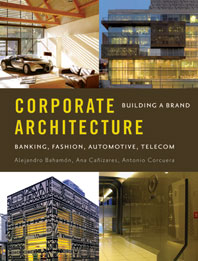NY Times Building Altered Due to Climbing Trend

Renzo Piano devised the brise-soleil as a “lace curtain” that envelops the tower’s glass-and-steel frame. More than 186,000 ceramic tubes comprise the screen, which projects eighteen inches from the curtain wall. Their purpose goes far beyond aesthetics. According to The Times, the rods block half of the sun’s energy, but still allow a significant amount of light to pass through the building’s floor-to-ceiling, ultra-clear windows.
Piano certainly didn’t intend for the ceramic screen to serve as a ladder that would entice so-called urban climbers. In the early hours of Wednesday morning, David Malone, 29, from Hartford, Connecticut, ascended 11 stories and hung a banner from the building’s Eighth Avenue façade. On June 5, two other climbers scaled the building in separate incidences: Alain Robert, a French stuntman, and Renaldo Clarke, a Brooklyn resident, both reached the top.
“We decided to remove a limited number of rods in the lower part. This is the only immediate possible way to reduce accessibility,” Plattner explains. “The permanent solution is about to be worked out and will not affect the building’s aesthetic.” He adds that the building’s interior temperature shouldn’t increase, as the alterations only concern a small section of rods on the north and south façades, which face narrow streets.

